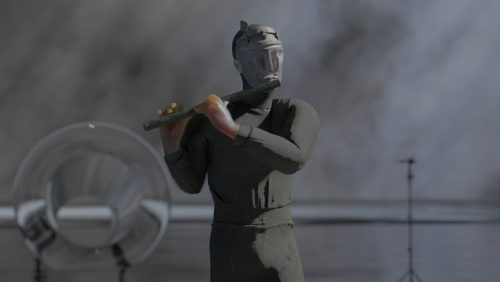
Tim Brawner
Glad Tidings
Project Info
- 💙 Management (@management.nyc)
- 🖤 Tim Brawner
- 💜 Reilly Davidson
- 💛 @installshots.art
Share on

Advertisement
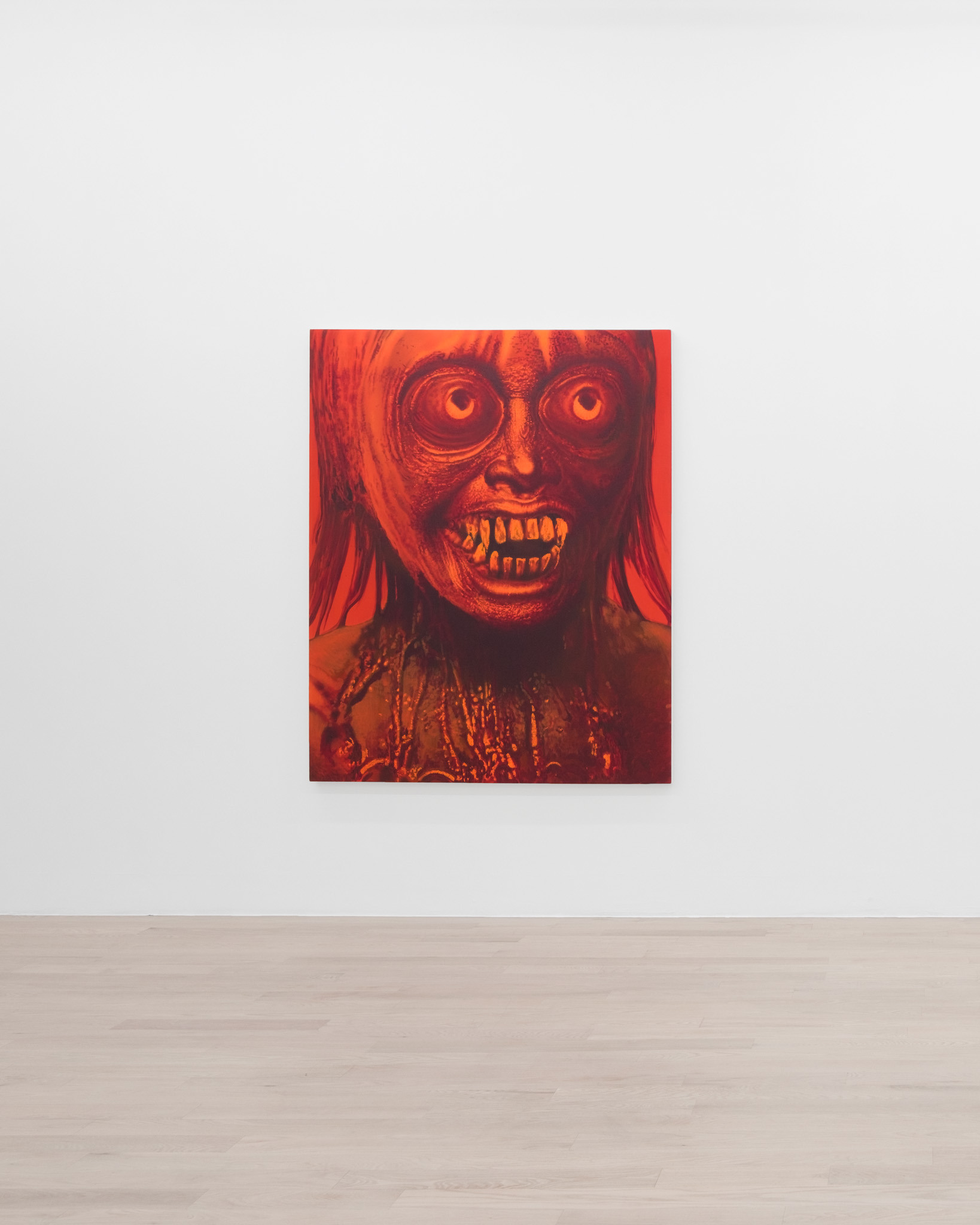
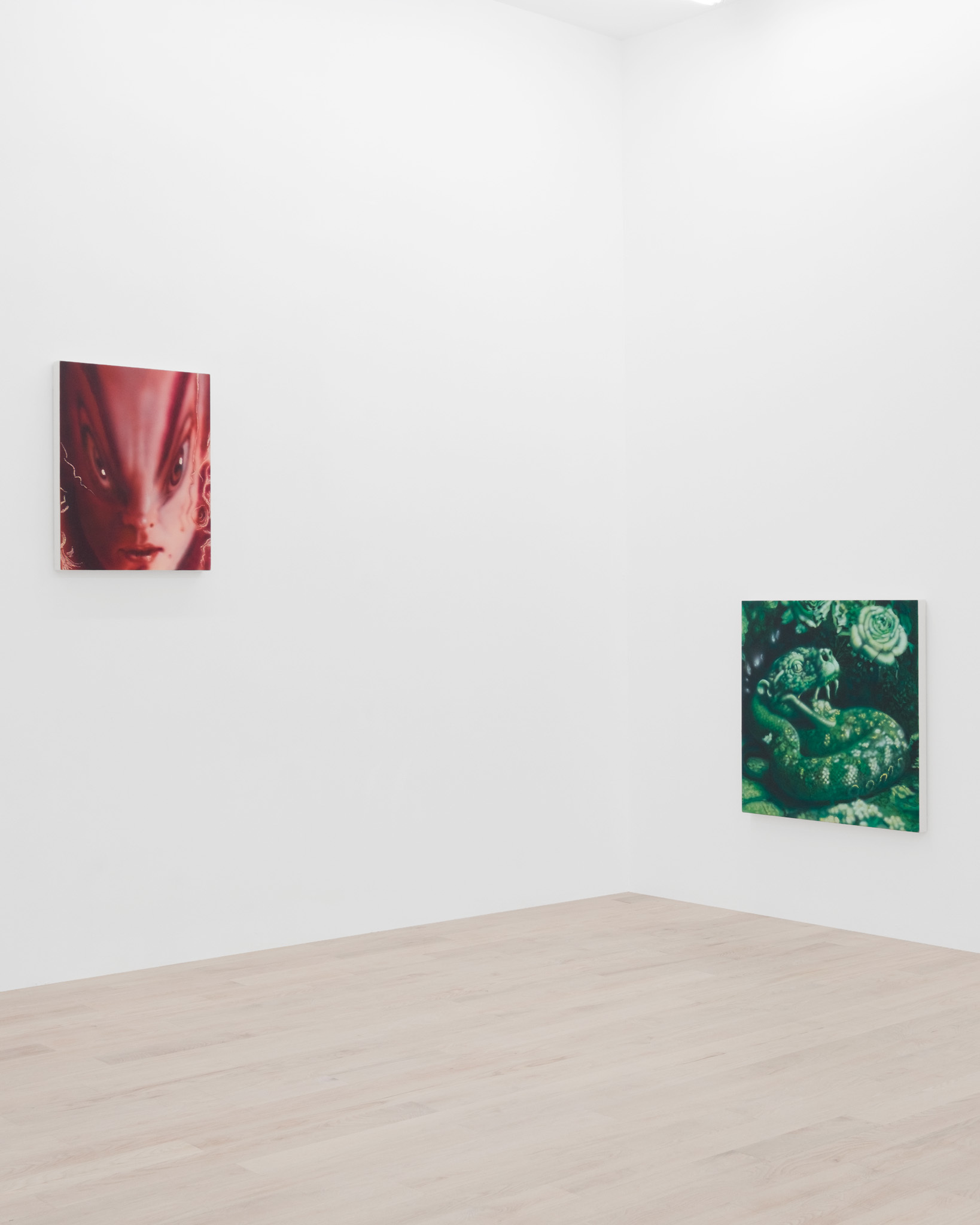
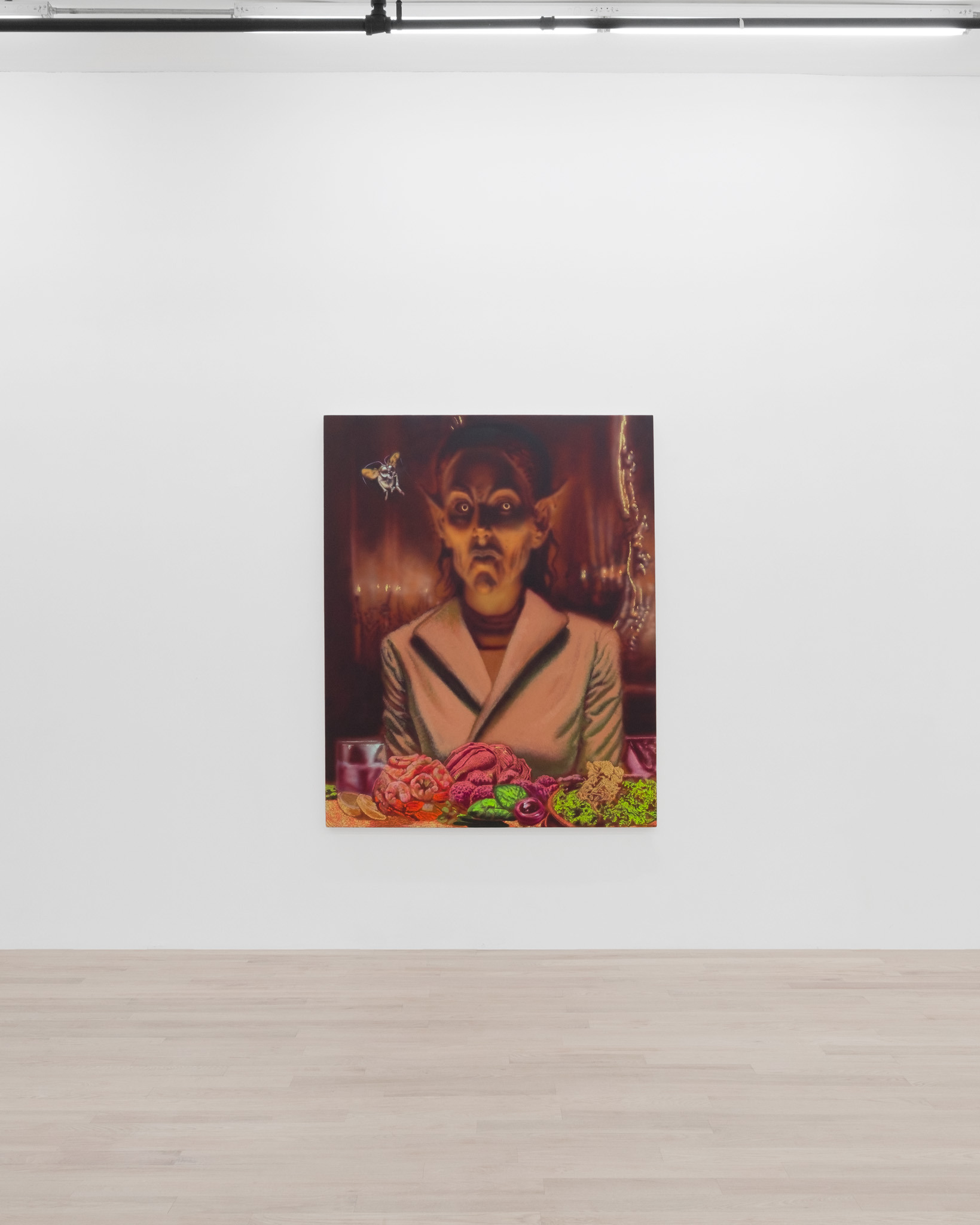
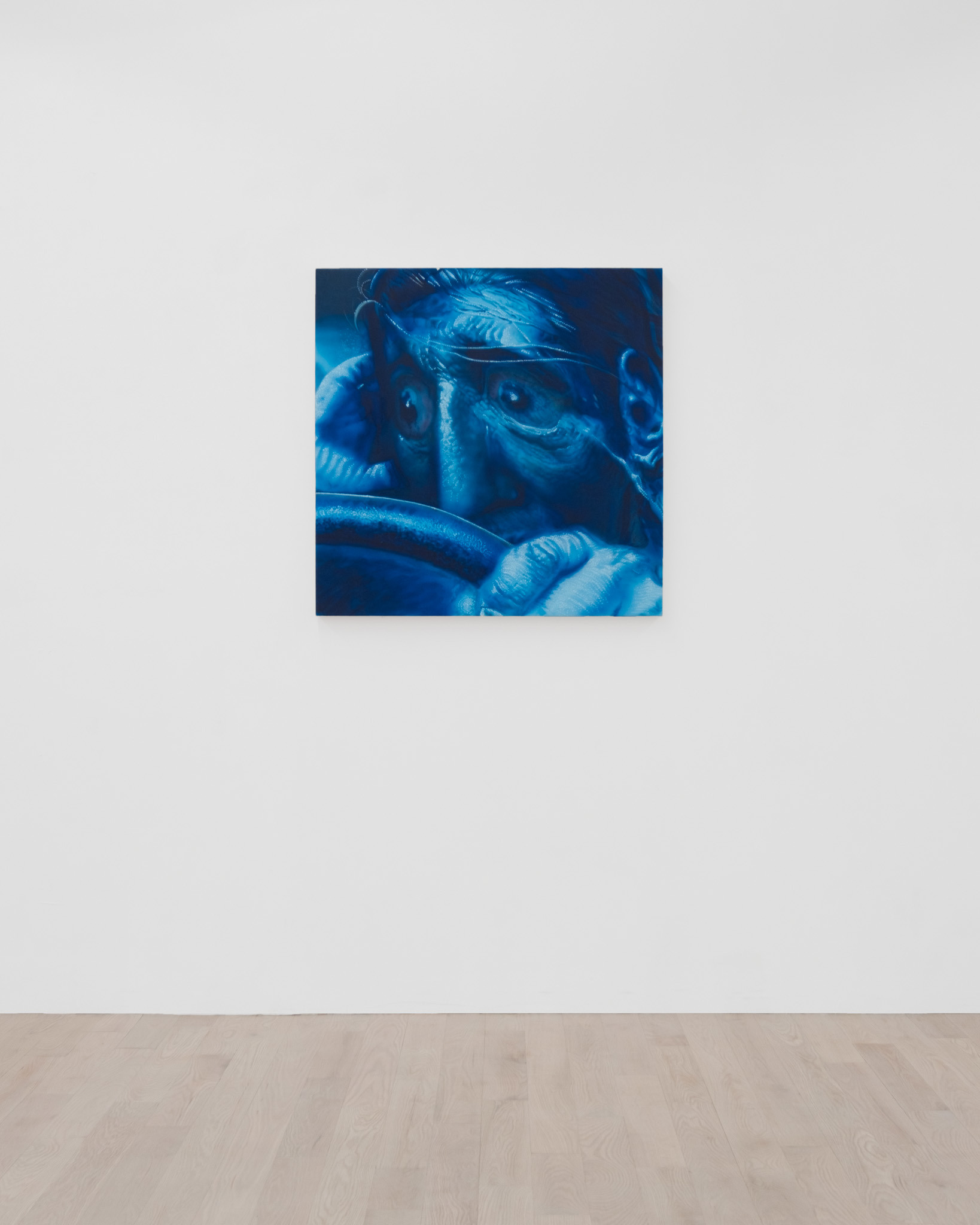

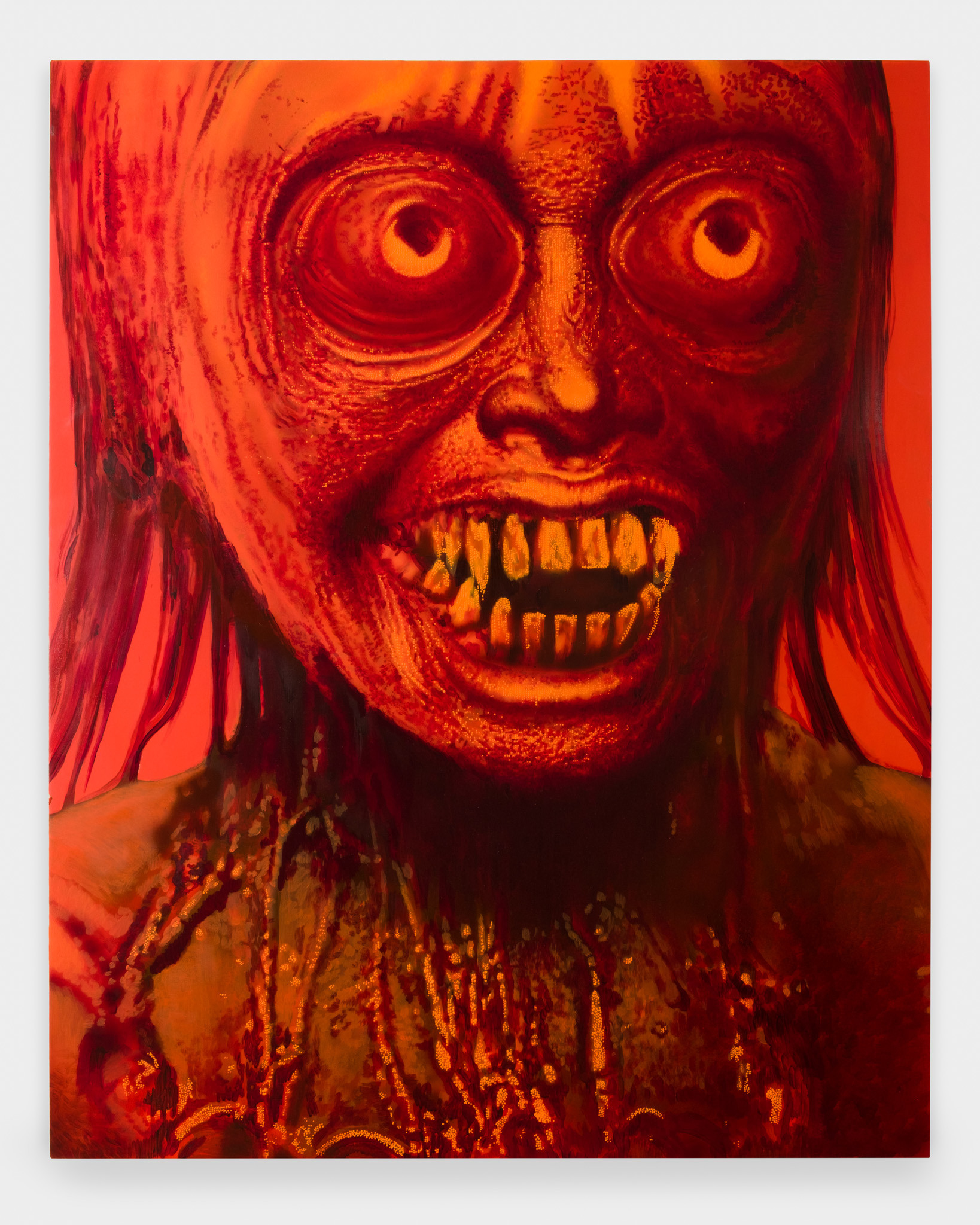
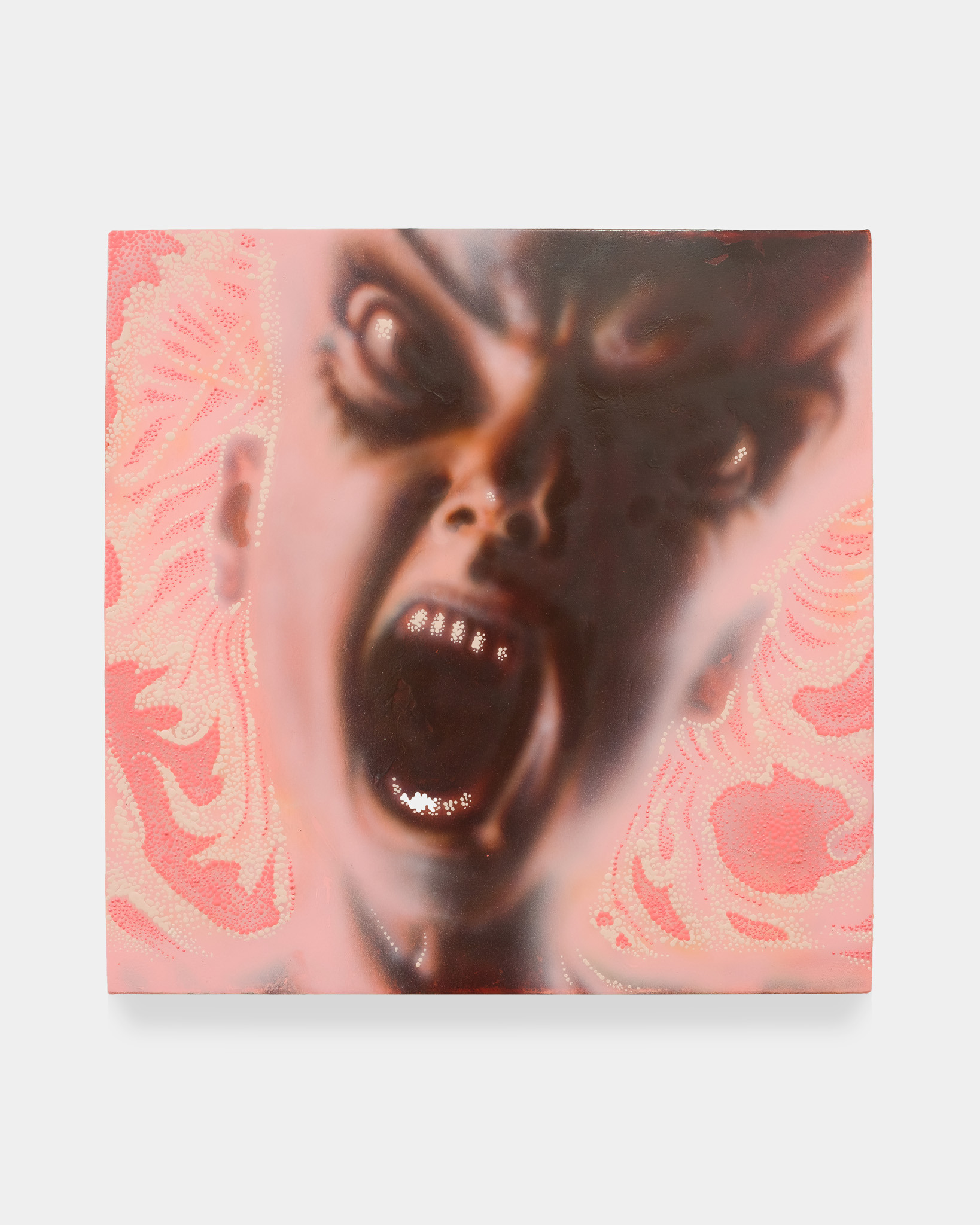

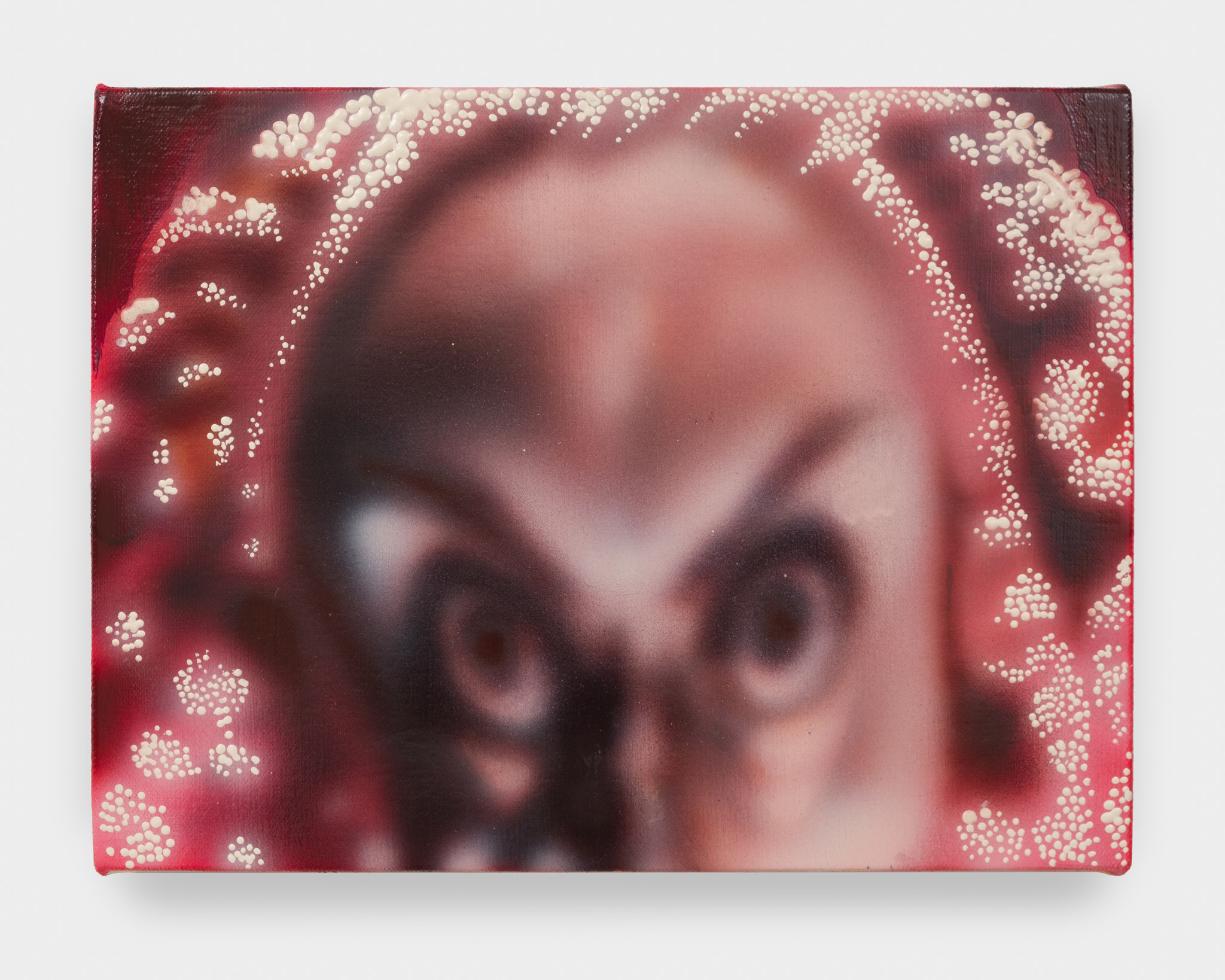


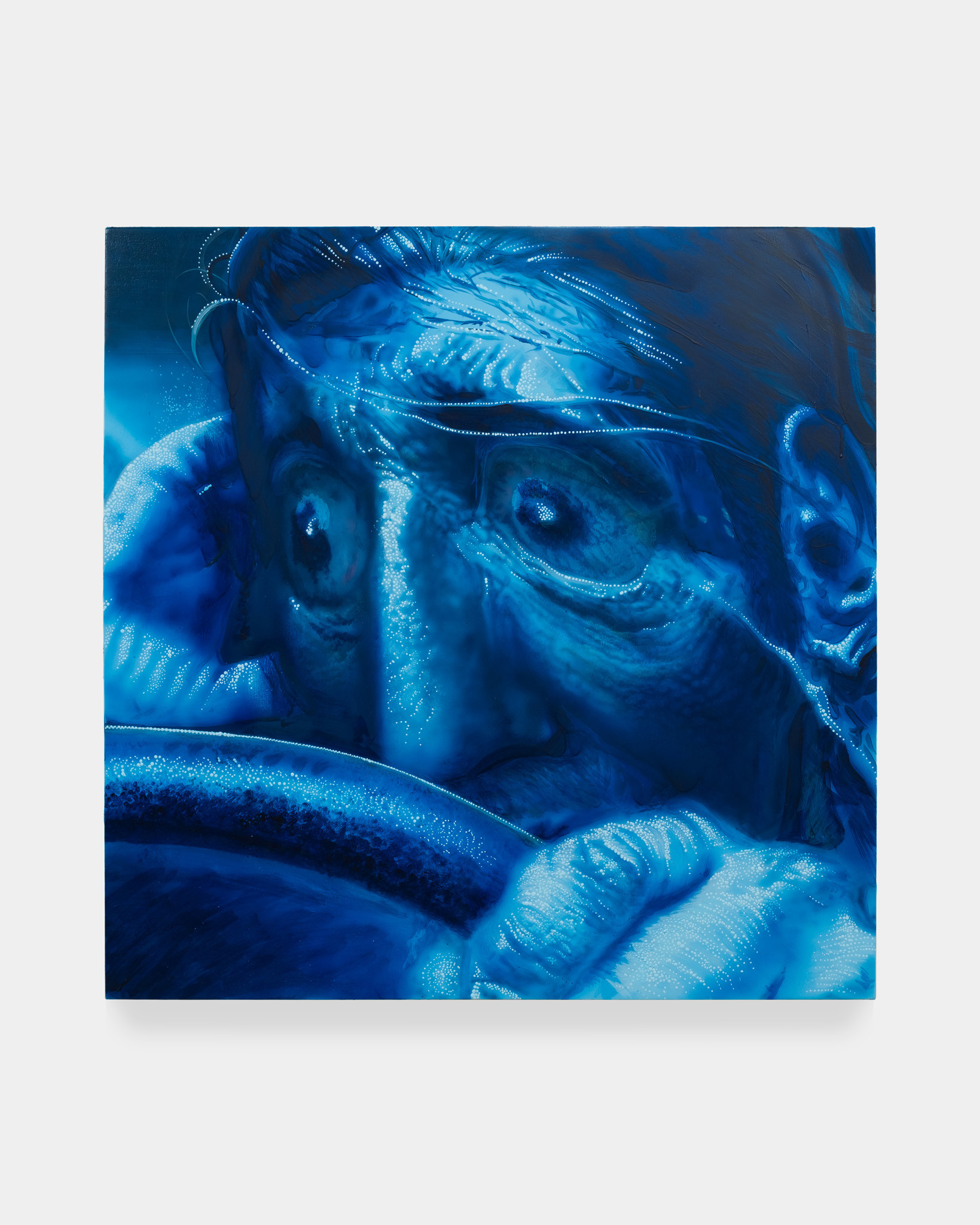
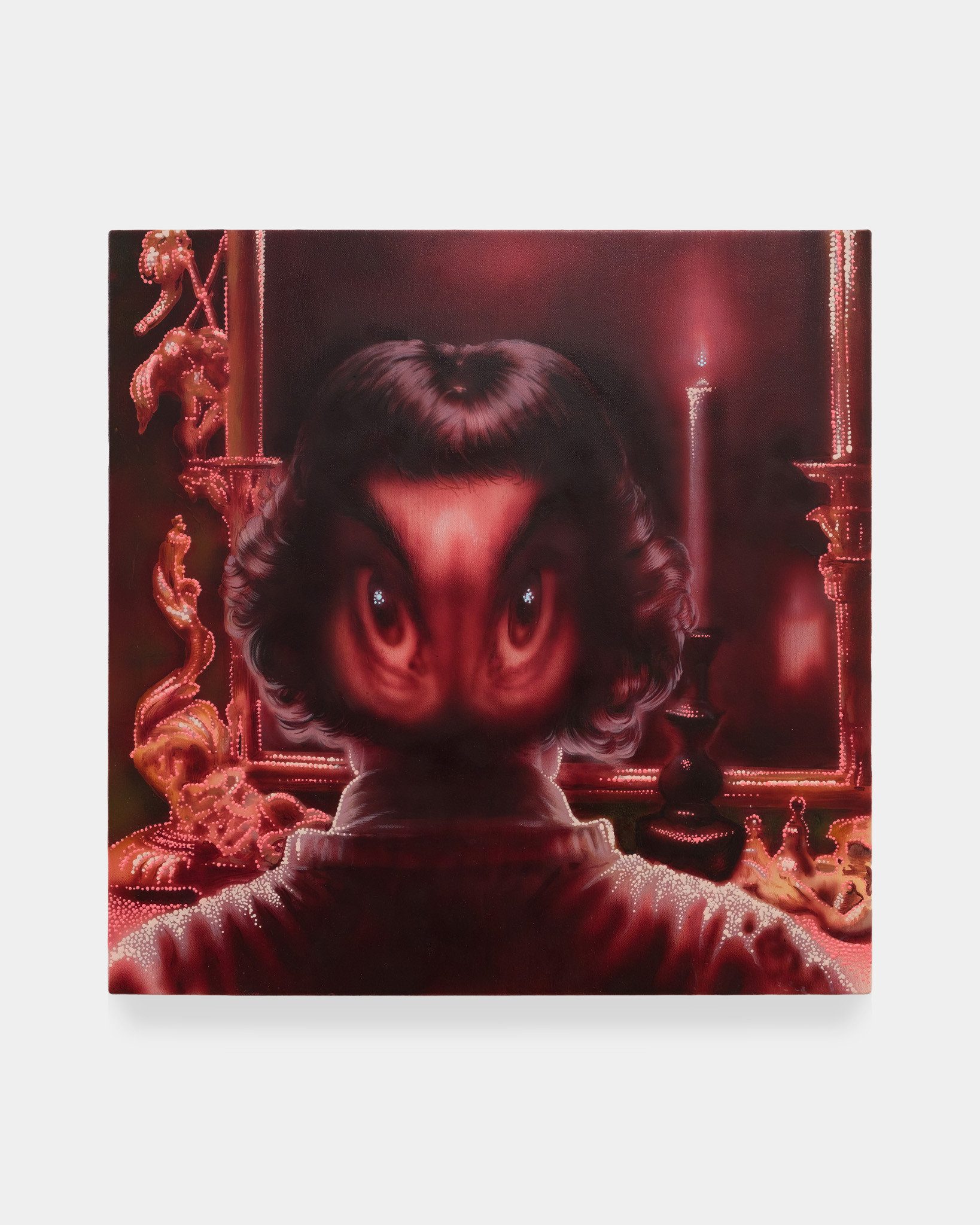
Tim Brawner sets forth, equally motivated by a documentarian impulse and the submission to the fantastic and weird, where saturated psychedelia defamiliarizes the compositional playing field. His extreme interest in portraiture yields exaggerated, almost humorous depictions of faces and objects alike, through which affect is pushed to the point of alienation. This manifests in Brawner’s invocation of Franz Xaver Messerschmidt’s infamous “Character Heads,” which were produced towards the end of the sculptor’s life. Comprising dozens of self-portrait busts, each face appears caught somewhere along the continuum of human emotion. Messerschmidt pushes physiognomy to its extreme, a move that Brawner subsumes into his own field of representation. Both artists commune where realism slopes into the uncanny valley, where affect is dictated by exaggerated forms.
Brawner narrows his focus to a precision akin to the delicate pinning of a butterfly, ultimately in service of documenting an ontological struggle for representation. He contends that the act of painting precludes the effort to make an object, its drama stemming from the individual’s subjectivity manifesting in the process. The strangeness of a painting stems from its utility as a decorative object, which distances the viewer from its causation. Recognizing this paradox, Brawner instills his compositions with a marked sense of the weird, inviting a perceptual reorientation. The fringes of the real function as fertile ground for this endeavor.
When discussing the content of his paintings, Brawner refers to concepts of “the weird” and “the eerie,” specifically in the way Mark Fisher invokes Lacanian jouissance in his discussion of H.P. Lovecraft’s brand of weirdness, where the sublimation of negativity is accomplished through the transformation of “an ordinary object [which causes] displeasure into a Thing which is both terrible and alluring, which can no longer be libidinally classified as either positive or negative.” This serves as a basis for Brawner’s subjects as he pursues content with ongoing consideration for the failure of empathy.
Brawner’s stylistic anchors also include politically oriented horror comics such as Slow Death, the haunting melodramas of Victor Man, and the pop perversity lodged in the work of neo-geo artists. He likewise implicates the intensities found in Gothic writing, as every formal aspect in the genre contributes to building and sustaining a certain mood, specifically citing Thomas Ligotti’s aptitude for encapsulating the impoverished quality of being trapped within one’s mind. Brawner accomplishes the same in his tightly wound body of work, through drawing, collaging, and printing until an image is arrived at – a process that is almost never linear.
In a painting titled Xtro, the back of an impeccably styled head of hair is overtaken by a fierce pair of eyes, a feature that dominates the artist’s oeuvre. This work is daubed with pearlesque spots, which pervert Roy Lichtenstein’s meticulous Ben-Day dots. Similar ornamentation exists everywhere, such as in the portrait of a bizarre snake hybrid, Second Instar, rendered in vibrant shades of blue and green, or Semiochem, the haunting portrait of a humanoid creature with glowing eyes and a disconcerting grimace.
These images pulsate, stirring a bizarre drama where the audience confronts painted subjects that almost become real. There are passages where Brawner selectively pushes maximalist details, overexplaining the formal aspects so that they become hypnotic. Such sites of focus contribute to descriptive eruptions as they are weighed against the sparser expanses. This disorientation mirrors the artist’s studio practice, where he initiates multiple paintings and drafts at once, constantly chasing an extreme engagement with whatever subject has his immediate attention.
Reilly Davidson




